How C-PACE Meets Sustainability Goals
Energy efficiency is now a major priority in investment decisions, but upfront costs are often high, according to Steve Curley of Western Alliance Bank.
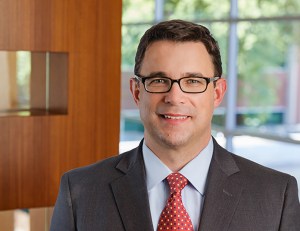
Steve Curley
From compostable trash bags and jeans made from plastic bottles to the clear momentum for electric cars, sustainable market offerings are proving their worth to a growing set of consumers.
In terms of big-ticket purchases, there are snapshots of consumer preferences on the move as people grapple with climate-friendly buying decisions. For instance, Ford’s demand for its new all-electric F-150 Lightning has prompted the automaker to double its production, according to Car and Driver, and Ford told investors mid-year that 75 percent of orders were from customers new to the brand.
Property decisions are likely to be no different. Already, end-users and investors are flexing their preferences for sustainable choices. According to PwC‘s 43rd Emerging Trends in Real Estate Report, 82 percent of sector respondents say they consider Environmental, Social and Governance factors when making property investments, and 47 percent say they do so because of requests from tenants and investors.
Energy efficiency—certainly a core contributor to sustainability—now comes in as a primary driver in homebuyer preferences, according to the National Association of Home Builders’ 2021 market survey.
The lessons are building on each other, and here is one more: According to a fall 2021 Pew survey, 74 percent of U.S. consumers say they are willing to make at least some changes to how they live and work to help reduce the effects of climate change. Many Millennials and Gen Z consumers, who will dominate property decisions for years to come, prioritize climate response and say they will look past higher costs in order to make sustainable choices.
Bringing Sustainable Projects to Market
To reach climate-aware buyers and tenants, real estate leaders have a ready financing tool in C-PACE, or Commercial Property Assessed Clean Energy funding. C-PACE offers long-term and flexible funding geared to incorporating green building elements into both new builds and redevelopment of commercial properties.
C-PACE utilizes long-term, fixed-rate bond funding with 20- to 30-year repayment schedules, with repayment through tax assessments, which can be transferred to the next property owner or repaid fully at time of sale. Currently, 37 states plus the District of Columbia have enabled this sustainability-focused means of financing for commercial projects.
Whether to appeal to buyers who want an energy-efficient home or to reach corporate tenants that prioritize sustainability as part of their ESG commitments, C-PACE funding covers a wide range of green building investments, from environmentally certified construction materials to solar energy and energy storage technology. Bringing a 30-year-old multi-family residential complex up to today’s environmental standards can differentiate the project for potential tenants, and it qualifies for C-PACE funding. Even upgrading properties to withstand weather and seismic events falls within C-PACE parameters.
Delivering the Green Investments Clients Want
Meeting rising market demand for sustainable properties is just one significant reason to explore C-PACE funding. Another is the flexible, cash-flow-friendly funding C-PACE can provide to handle the upfront costs of green investments in new and renovation projects as part of the total capital stack. At the same time, C-PACE-funded improvements can also increase the value of the building as collateral.
C-PACE is available to fund clean energy enhancements for both ground-up developments and renovations, such as retrofitting a newly purchased retail center, professional building or residential rental portfolio, with little or no capital required on clean energy investments.
From the borrower’s perspective, C-PACE financing in the funding mix can help maximize capital resources while boosting a project’s clean energy performance—and its ultimate resonance with end-users who care about climate change mitigation.
This combination of market appeal driven by growing preferences for climate-ready real estate choices and enhanced operational performance has one natural outcome for commercial owners and developers who adapt now: higher property values. For many real estate industry decision-makers, C-PACE funding tools might well be an attractive option for responding to the changing market, of which climate concerns will permanently play a role.
Steve Curley is executive vice president of Western Alliance Bank, Member FDIC, and oversees many of the bank’s mortgage-related and other national specialized businesses.

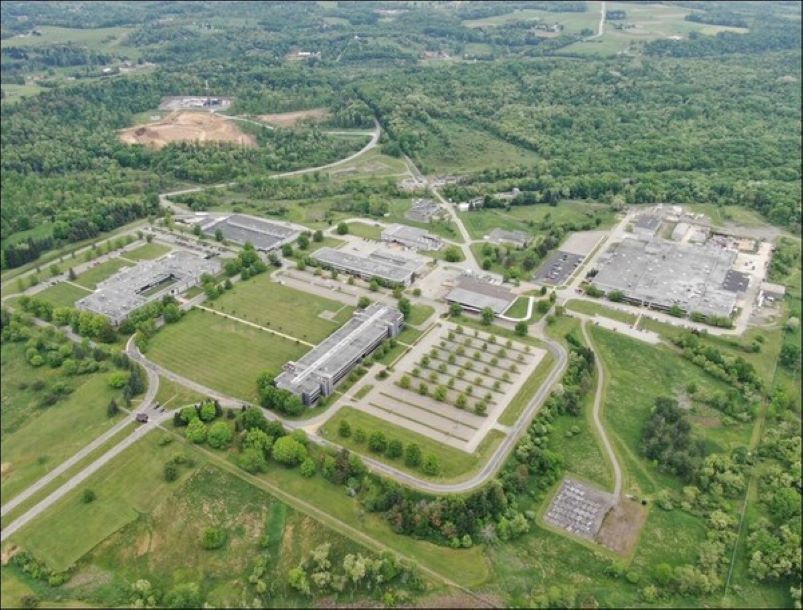

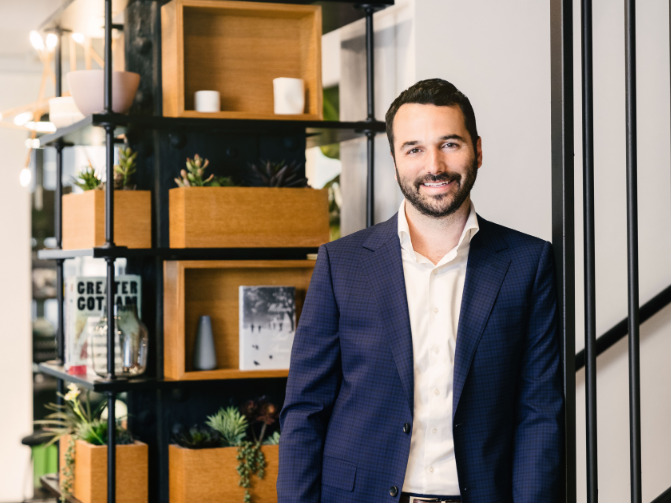
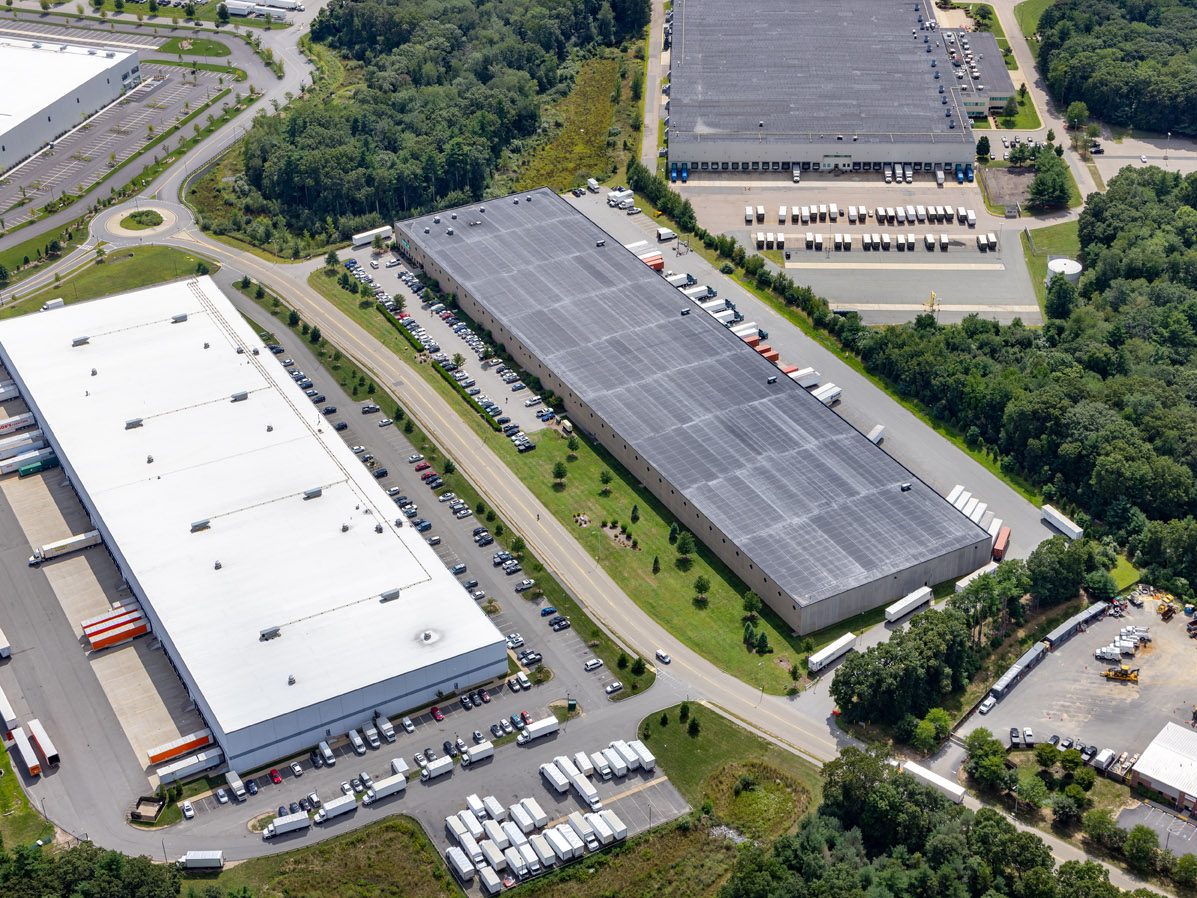
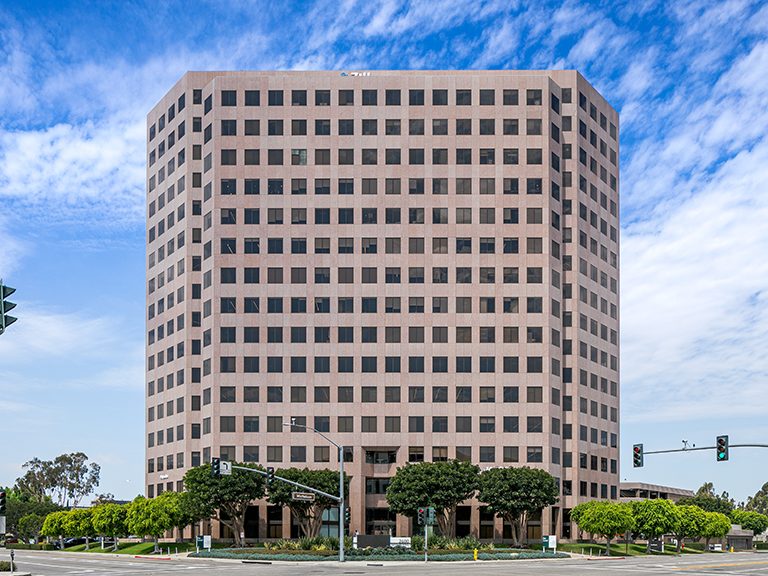

You must be logged in to post a comment.